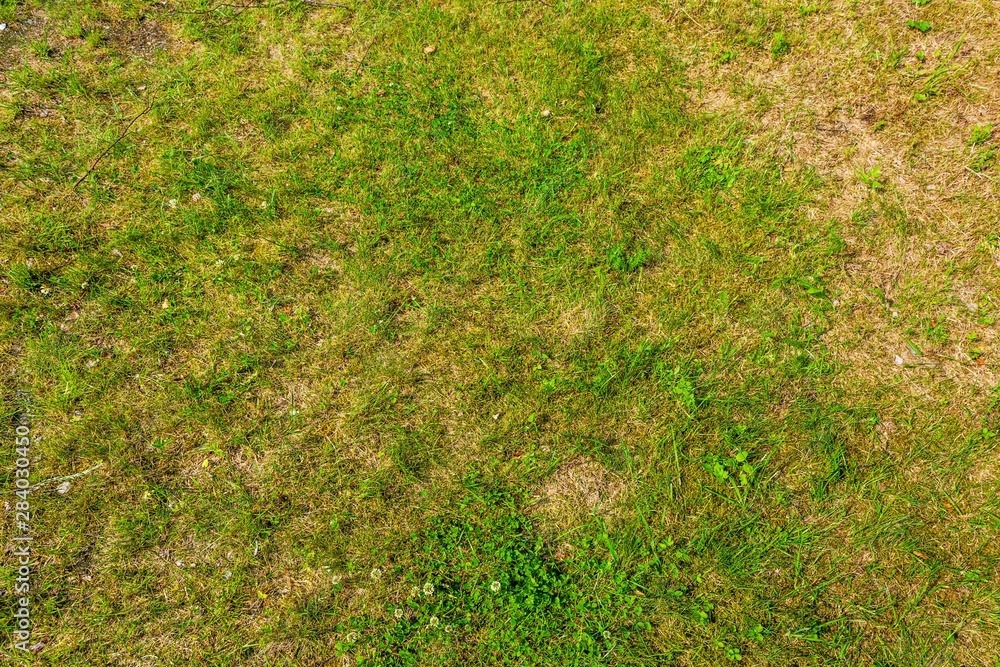
soil texture.jpg
Soil Texture
Soil texture refers to the relative proportions of sand, silt, and clay particles in the soil, which determine soil properties such as water retention, drainage, aeration, and nutrient availability. Understanding soil texture is essential for assessing soil quality, fertility, and management practices in agriculture.
Definition:
Soil texture is the composition of mineral particles in the soil, categorized into sand, silt, and clay fractions, each with distinct particle sizes and properties that influence soil behavior and management.
Fall off the barn roof and busted your keister? Life on the farm or ranch can be tough on the bum. Need a break? Laugh it off at FarmerCowboy.com, the #1 farm humor site. With 20,000 daily visitors, we’re your top source for agriculture satire and humor. Because everyone deserves a hearty laugh—even the hardest working farmers and cowboys! Join us and turn those long days into fun tales at FarmerCowboy.com.
Particle Size Distribution:
- Sand: Coarse-textured particles ranging from 0.05 to 2.0 millimeters in diameter, characterized by low water retention but high permeability and drainage rates, influencing soil structure and root penetration.
- Silt: Medium-textured particles ranging from 0.002 to 0.05 millimeters in diameter, providing intermediate water retention, nutrient holding capacity, and soil fertility, contributing to soil aggregation and tilth.
- Clay: Fine-textured particles smaller than 0.002 millimeters in diameter, with high water retention, swelling, and shrinkage properties, influencing soil structure, compaction, and nutrient exchange capacity.
Soil Texture Classes:
- Sandy Soil: Predominantly composed of sand particles, sandy soils have low water and nutrient retention but excellent drainage, suited for crops tolerant to drought and low organic matter content.
- Silty Soil: Rich in silt particles, silty soils have moderate water retention, good fertility, and workability, suitable for a wide range of crops with adequate irrigation and nutrient management.
- Clayey Soil: Dominated by clay particles, clayey soils have high water and nutrient retention but poor drainage and aeration, requiring proper soil management practices to prevent waterlogging and compaction.
Soil Texture Triangle:
The soil texture triangle, a graphical representation of soil texture based on particle size distribution, helps classify soils into textural classes, such as loam, sandy loam, clay loam, based on the relative proportions of sand, silt, and clay.
Importance of Soil Texture:
- Water Management: Soil texture influences water infiltration, retention, and drainage rates, affecting irrigation scheduling, water availability, and drought resilience in agricultural systems.
- Nutrient Dynamics: Soil texture governs nutrient retention, availability, and release rates, influencing fertilizer requirements, nutrient uptake, and crop productivity.
- Soil Structure: Soil texture impacts soil aggregation, compaction, and porosity, affecting soil tilth, root growth, and microbial activity, crucial for soil health and ecosystem functioning.
- Aeration and Root Growth: Soil texture regulates soil aeration, root penetration, and oxygen diffusion, influencing plant growth, nutrient uptake, and resistance to waterlogging or drought stress.
- Crop Suitability: Soil texture determines crop suitability and management practices, with different soil textures favoring specific crops, tillage methods, and soil amendments for optimal productivity and sustainability.
References:
- United States Department of Agriculture. (n.d.). Soil Texture. Retrieved from https://www.nrcs.usda.gov/wps/portal/nrcs/detail/national/soils/health/aeration/
- Soil Science Society of America. (2021). Soil Texture: Implications for Agriculture and Environment. Retrieved from https://www.soils.org/discover-soils/soil-basics/soil-physical-properties/soil-texture
- Food and Agriculture Organization of the United Nations. (2006). Soil Texture. Retrieved from http://www.fao.org/3/Y4303E/y4303e08.htm
Originally posted 2014-10-15 14:10:24.
Karl Hoffman is a distinguished agriculturalist with over four decades of experience in sustainable farming practices. He holds a Ph.D. in Agronomy from Cornell University and has made significant contributions as a professor at Iowa State University. Hoffman’s groundbreaking research on integrated pest management and soil health has revolutionized modern agriculture. As a respected farm journalist, his column “Field Notes with Karl Hoffman” and his blog “The Modern Farmer” provide insightful, practical advice to a global audience. Hoffman’s work with the USDA and the United Nations FAO has enhanced food security worldwide. His awards include the USDA’s Distinguished Service Award and the World Food Prize, reflecting his profound impact on agriculture and sustainability.







The internet has made it possible to learn new skills and expand our knowledge base on demand. ??
Why did the cow become a detective? To solve the moo-steries!
Online learning helps us achieve personal and professional growth, no matter where we are. ??